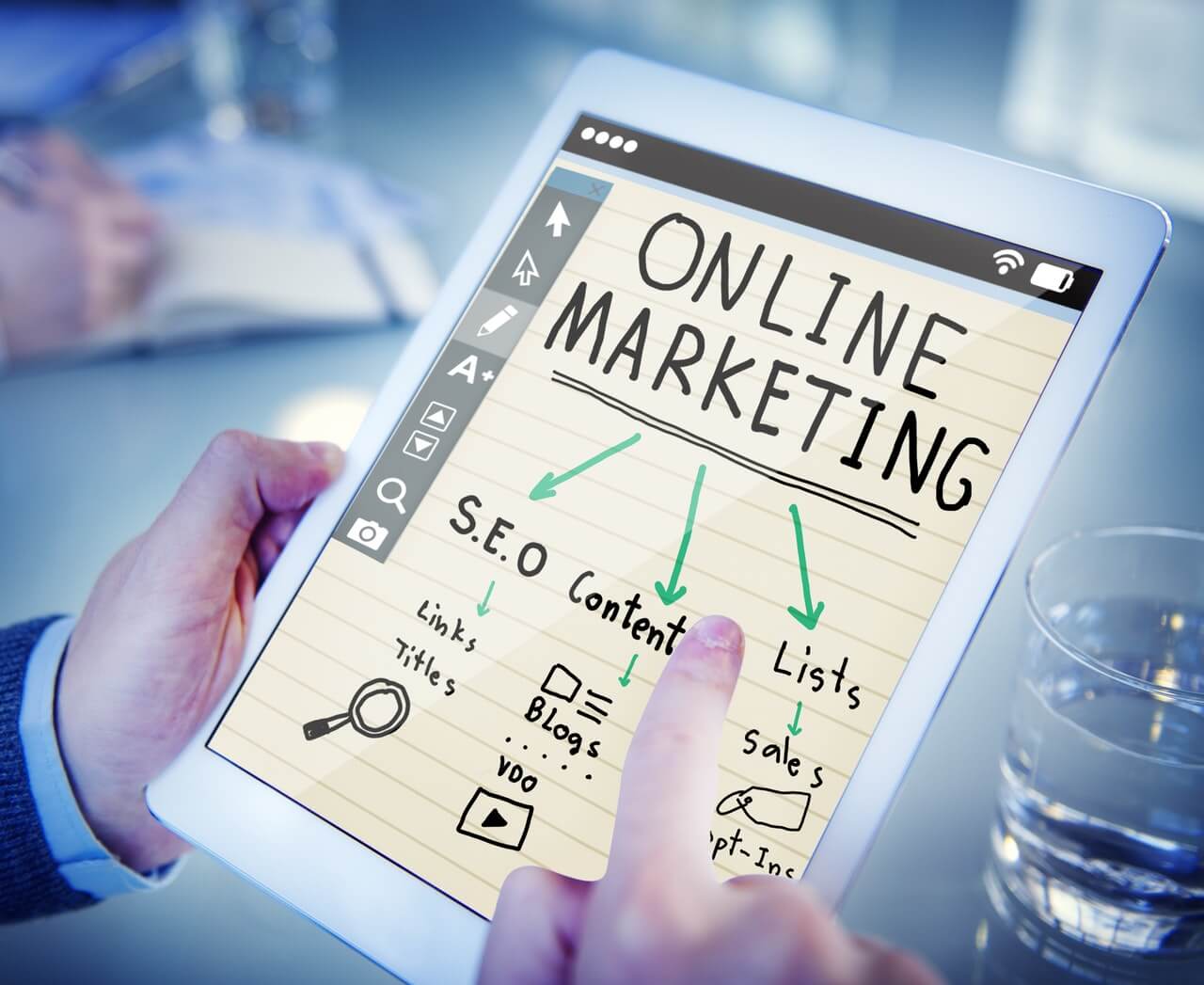
With the advent of E-commerce, an evolution took place in the retail sector. One needs to know how this came to be and what it means in today’s world.
E-commerce has seen advancements in payments technology, computing and mobility which have changed the face of it from what it was earlier. To understand the developments better, we will have to go back to when E-commerce first began.
Internet became open for commercial use in 1991 and that’s when the possibility for e-commerce first became available. Amazon was one of the first e-commerce stores to start their business way back in July, 1994. PayPal joined in 1998, changing the way payments were done online. Since that time, many thousands of stores have opened up on the World Wide Web.
The changes that had the most impact over the past 10 years in e-commerce include:
- The increase in the number of online marketplaces
- The smooth transition of usage of mobile phones for online shopping
- The monumental growth of online and digital marketing and advertising
- The increase in the practice of online shopping and decrease in real time retail shopping from local areas
Online Marketplaces
What does an online seller want? A ready made platform to sell products and have maximum potential user interaction.
Around 63% of the sellers sell through these marketplaces and 55% of them have a margin ration of 20% or above. With these marketplaces available, there are some big players in the race such as Amazon, Alibaba, Ebay and Flipkart. Amazon launched its mobile e-commerce site as early as in 2001 and has continued to be a leader in innovativeness with drone delivery and other initiatives.
By accessing online marketplaces , customers can compare prices, check for the availability of the products, read reviews by other customers and get branded products at prices lower than the retail price most often than not.
Another major player is Magento, which began developing in 2007, an open-source e-commerce platform that was acquired by Adobe recently.
M-commerce

M-commerce includes buying and selling of products, goods or services through wireless handheld devices. It has come a long way and is one of the most important evolutions in eCommerce sector.
Mobile applications generate more interaction and engagement by way of push notifications, and the added factors of personalization and ease of access. Push notification help in re-engaging customers and increasing sales.
Mobile market has proven its importance over the years and it will continue to do so in the coming future.
With an increase in the usage of e-wallets in eCommerce in the past 2 years, it will continue to grow as people embrace digital and cashless transactions.
Online and Digital media marketing

Online and digital media campaigns have completely changed the way they used to market their products and are now targeting the places people spend most of their time online, such as:
- Social media
- Online games
- Websites
- Blogs
From Twitter’s “Buy Now” button and Instagram’s actionable posts to Google’s AdSense and Youtube’s advertisements, newer technologies keep developing that helps sellers to market their products to potential customers.
Online marketing has become seemingly limitless in the reach it can generate and the way it persuades people to buy from the seller in question.
New Categories
There was a time when products like clothes were generally not purchased online due to the unsurely mindset of consumers regarding genuineness, size and other such issues. Now, clothing ranks as the second most bought commodity through online shopping; the first is electronics. Nontraditional (in E-commerce) products such as food and groceries, makeup, automotive parts, medicines and furniture are now in popular demand and have seen an unseen high.
Customer Care & Engagement

Live chat support gives instant assistance in helping customers clear their doubts, solve queries regarding payments, delivery, extra charges, and returns and refunds. Helpline numbers of websites are extremely crucial to growth in the seller’s business as well as to increase the trust factor in the customers.
Changing virtual shopping experience
With changing times, the key purpose of e-commerce site is to bring the shopping experience ‘alive’ for the consumers. However, bridging the gap between the digital and the physical world requires novel ideas that will help change the way people shop and an experienced Magento development company can help you effectively. There are some websites like LensKart that have established their brick and mortar stores in various cities so as to give the consumers an option to ‘try and buy’. Few clothing websites have also provided the option to try the garments before making the final purchase in most major cities. Some websites help consumers to virtually try the products so as to get a rough idea of how it will look on them.
Artificial Intelligence
A few decades ago people would have found it hard, or nearly impossible, to believe that machines would ever be able to replicate human behavior. Today, artificial intelligence. or AI, is present in our everyday lives. Up until now AI searches, suggests, and matches your preference on various websites, but the future holds a heavier emphasize on AI and the key role that it will play.
E-commerce in India
Coming a little closer to home ground, India’s e-commerce market was worth $3.9 billion in the year 2009, and it shot up to $13.9 billion by 2013. India had about 60 million online shoppers in 2016, which is about 14% of the country’s internet user base. According to a study done by Morgan Stanley, India’s e-commerce value will cross the $200 billion mark by 2026.
E-commerce is a new, virtual world which is evolving according to the changing customer needs and to their advantage.
Bhavin M is associated with IceCube Digital – a leading opensource software development company, providing services like wordpress development, Joomla development and Magento developement services to customers all across the globe.